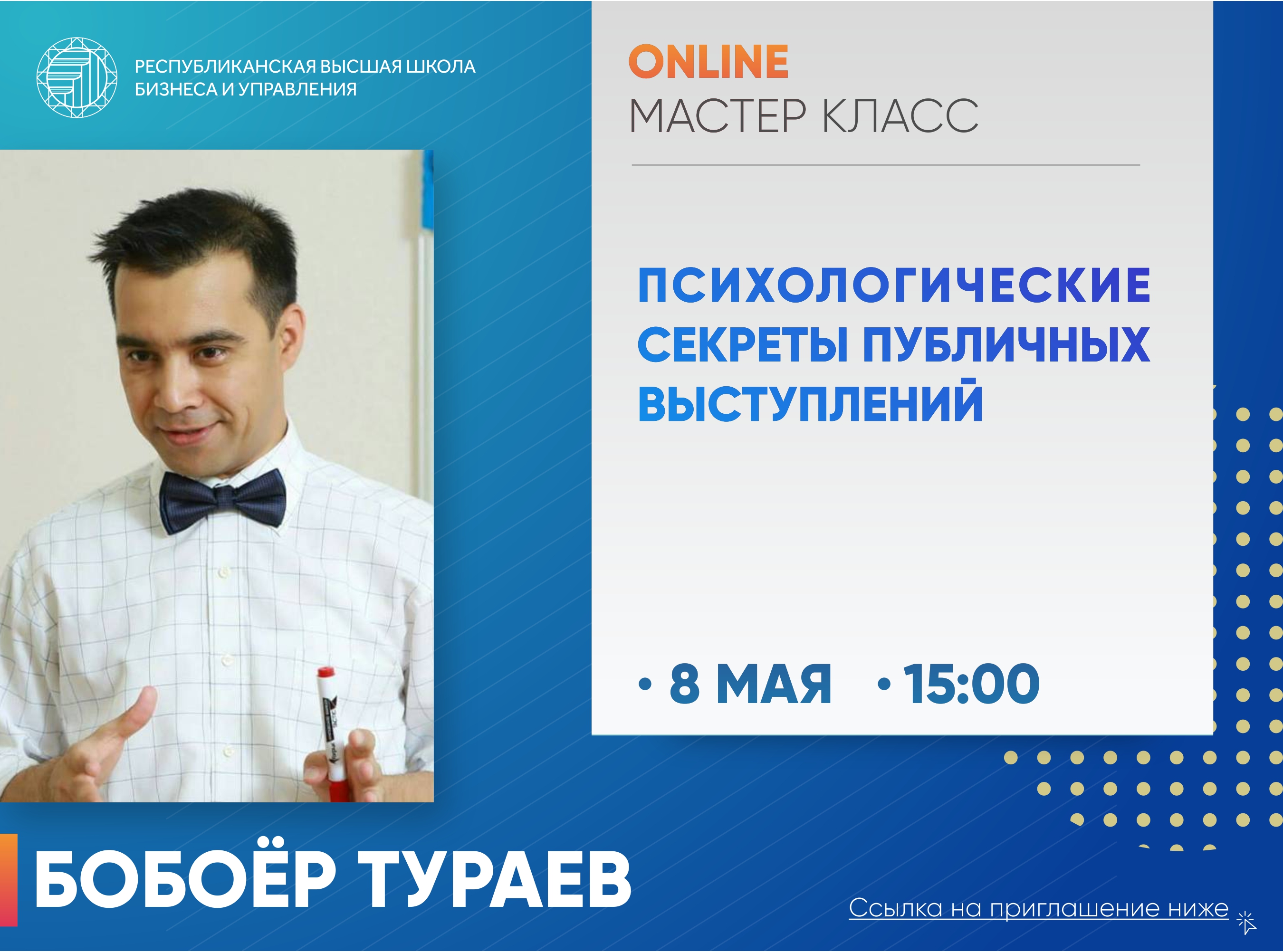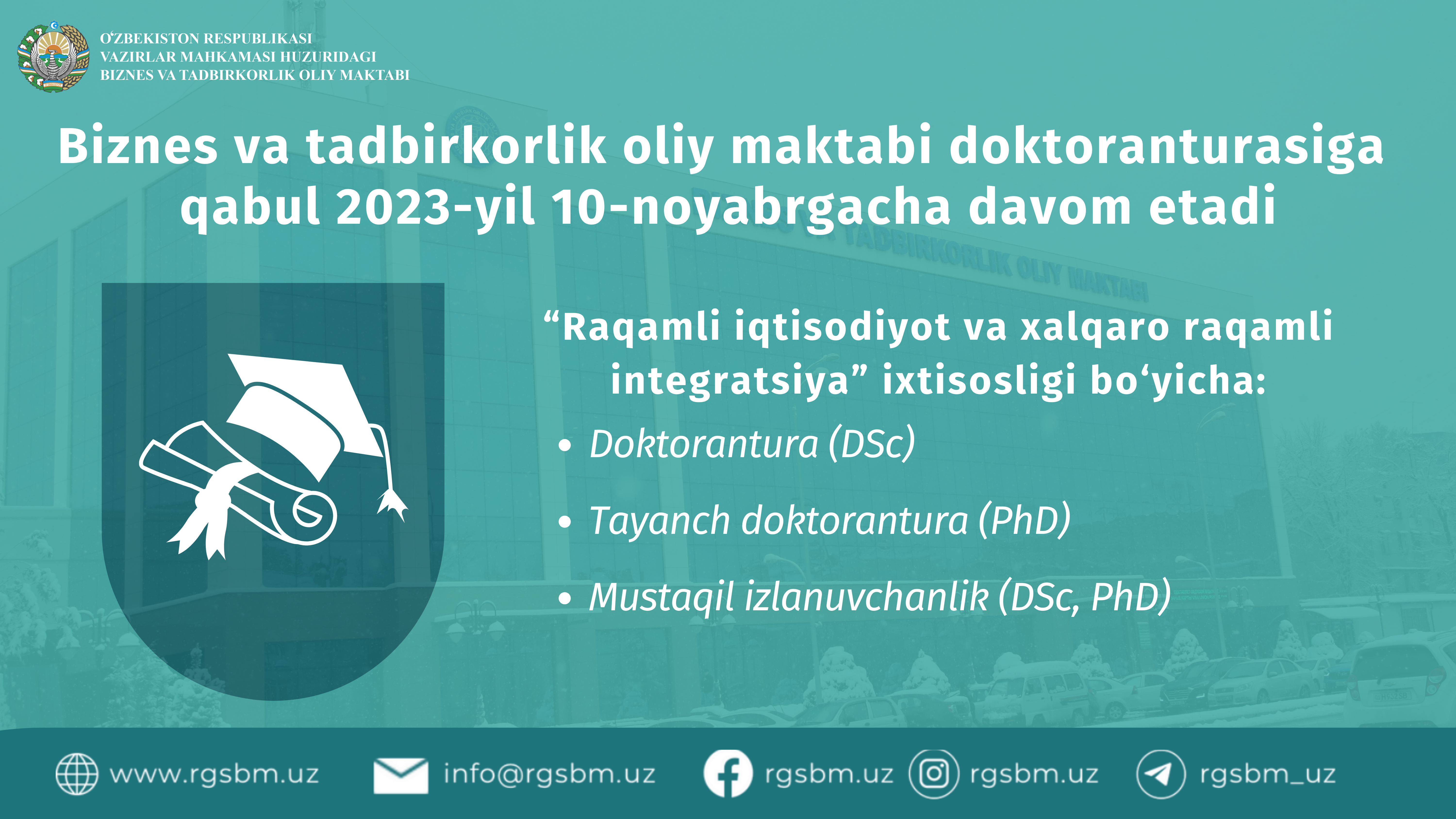«PSYCHOLOGICAL SECRETS OF PUBLIC SPEAKING»
Working methods: a feature of the program is the uniqueness and adaptation of learning for the audience through online learning opportunities. Participants will have to feel the process in action and feel emotionally, understand the essence of the training in order to develop the skills and qualities of a successful performance. During the training: interactive approaches involving a variety of methods, among them simulation of real situations of interaction with the audience, useful and interesting exercises, minimum theory, maximum practice.
Audience: training for those who want to learn the secrets of interesting performances and learn to speak without tension and stress, bright and attractive!
Goal: To upgrade the quality of public speaking to a new level.
Objectives:
- training skills of creating a positive contact with the audience.
- Improving skills of interaction with the mass and group of people.
- Defining your own style of effective performance without stress.
- Developing ability to navigate in difficult situations during public speeches.
Structure of the training:
- “Frame” or “skeleton” of a future public performance.
- Determining the motivation of people listen to your speech. Why do they need it? What useful or interesting will they learn for themselves?
Basic components of the performance: performance structure, preparation for the performance, planning, preliminary collection of information, work with text, highlighting the main idea of speech.
Content of speech: subtitle selection, split idea into multiple parts, Lomonosov method, definition of keywords.
Beginning of speech: mistakes of the speaker, effective attention, reaching out to the audience, intrigue, provocation, facts. What shouldn’t be done?
Brightness of performance: impact to the audience, communication with listeners, ways to enhance the audience to use group dynamics, the speaker's pose and movement in the audience.
Persuasiveness of performance: mimicry of the speaker and perception of information.
Using the power of the voice: levels of the speech’s volume, effect of the tempo on the perception of information, emotional richness of the speech, Pause and its impact to the audience.
Repetition: achieving confidence when performing and resisting stress.
Fear of public speaking: main causes of unrest, methods and techniques to overcome uncertainty, analysis of impressions, space, poses and dynamics, clothes, eyes, smiles and other equally important components of public speaking.
The training includes three forms of conducting classes:
- 60% - Interactive business games and experiments.
- 20% - Thematic lecture (presentation in Power Point).
- 20% - Performing individual tasks.


